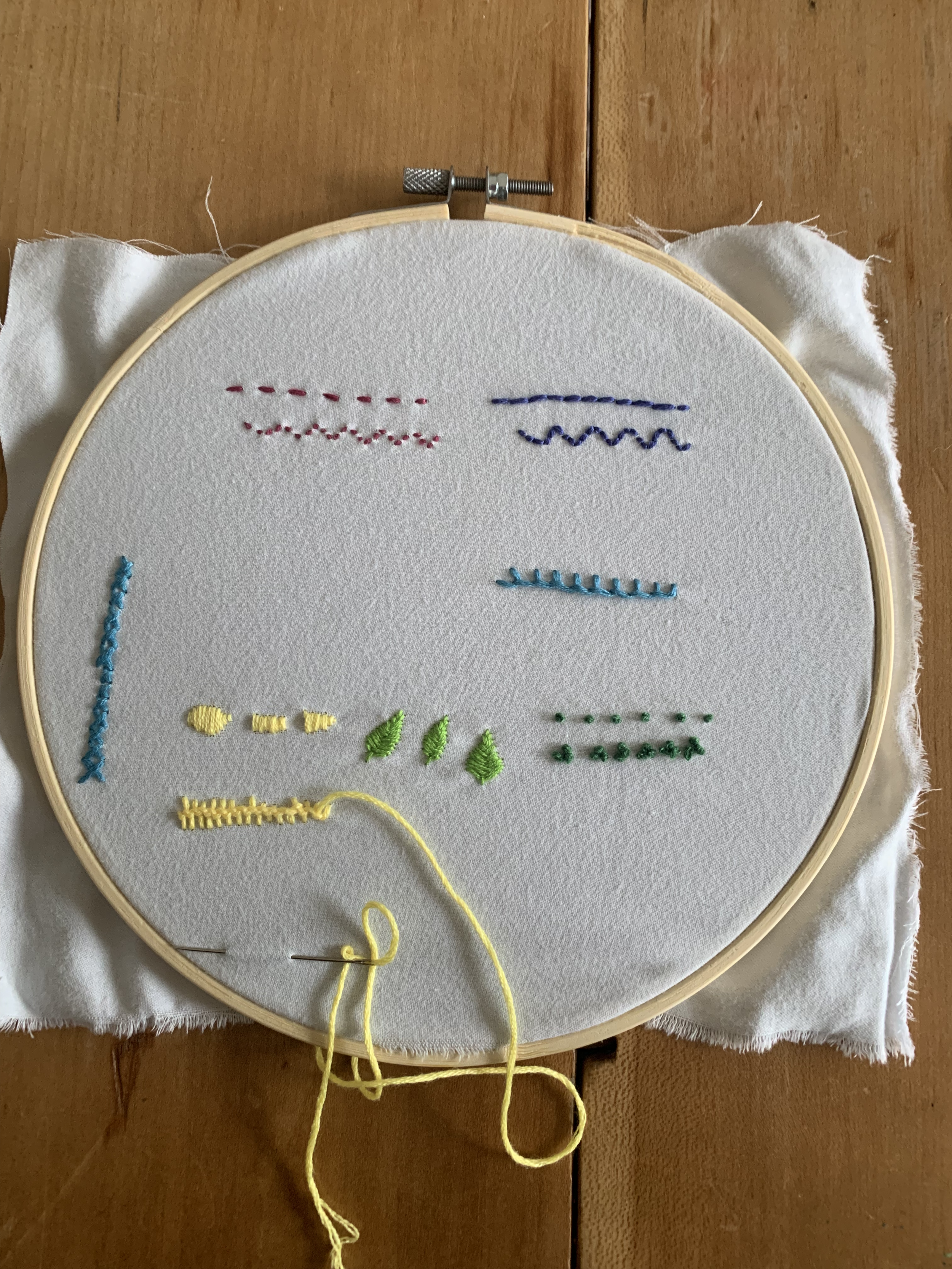
Embroidery
*
Embroidery *
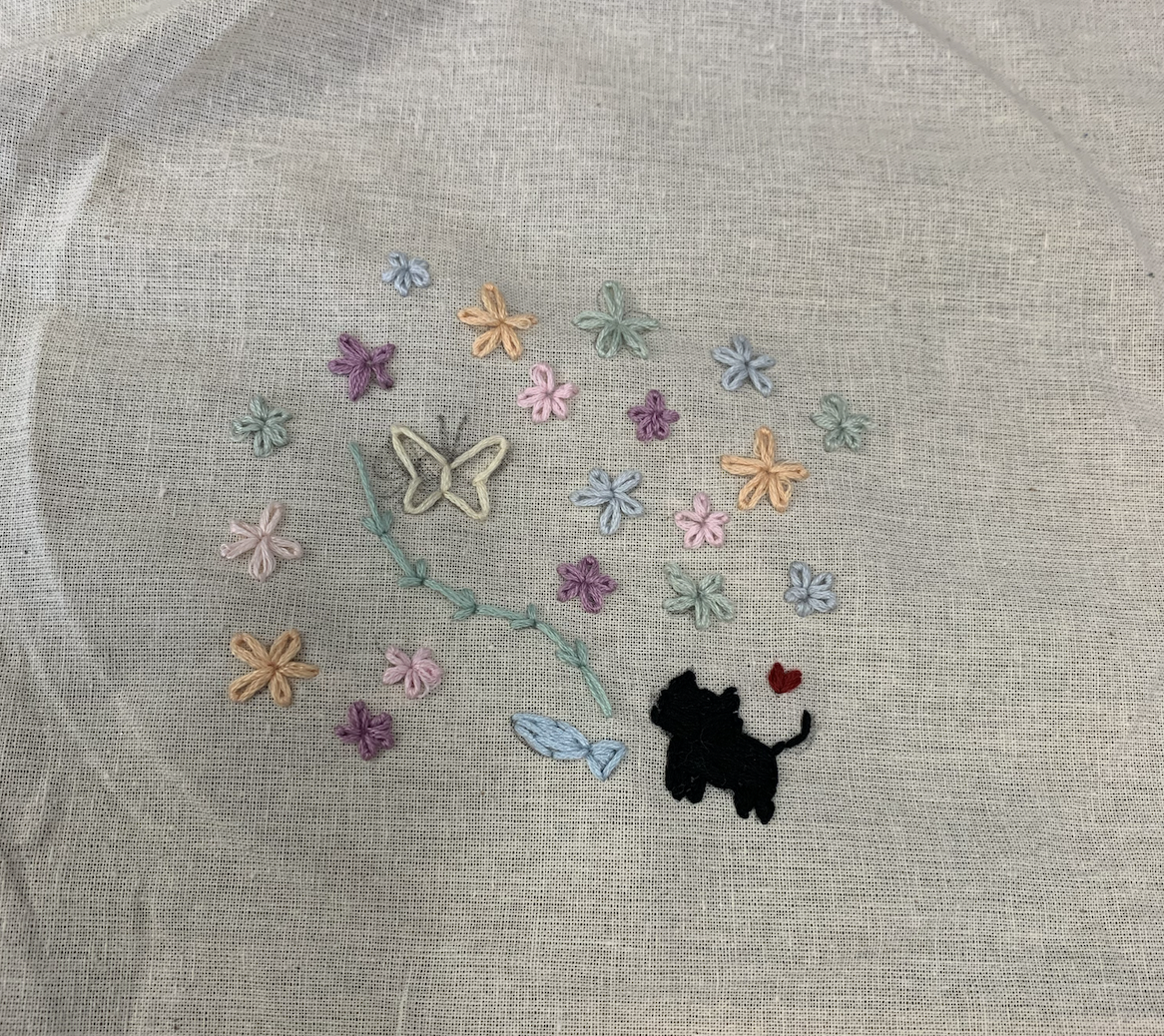


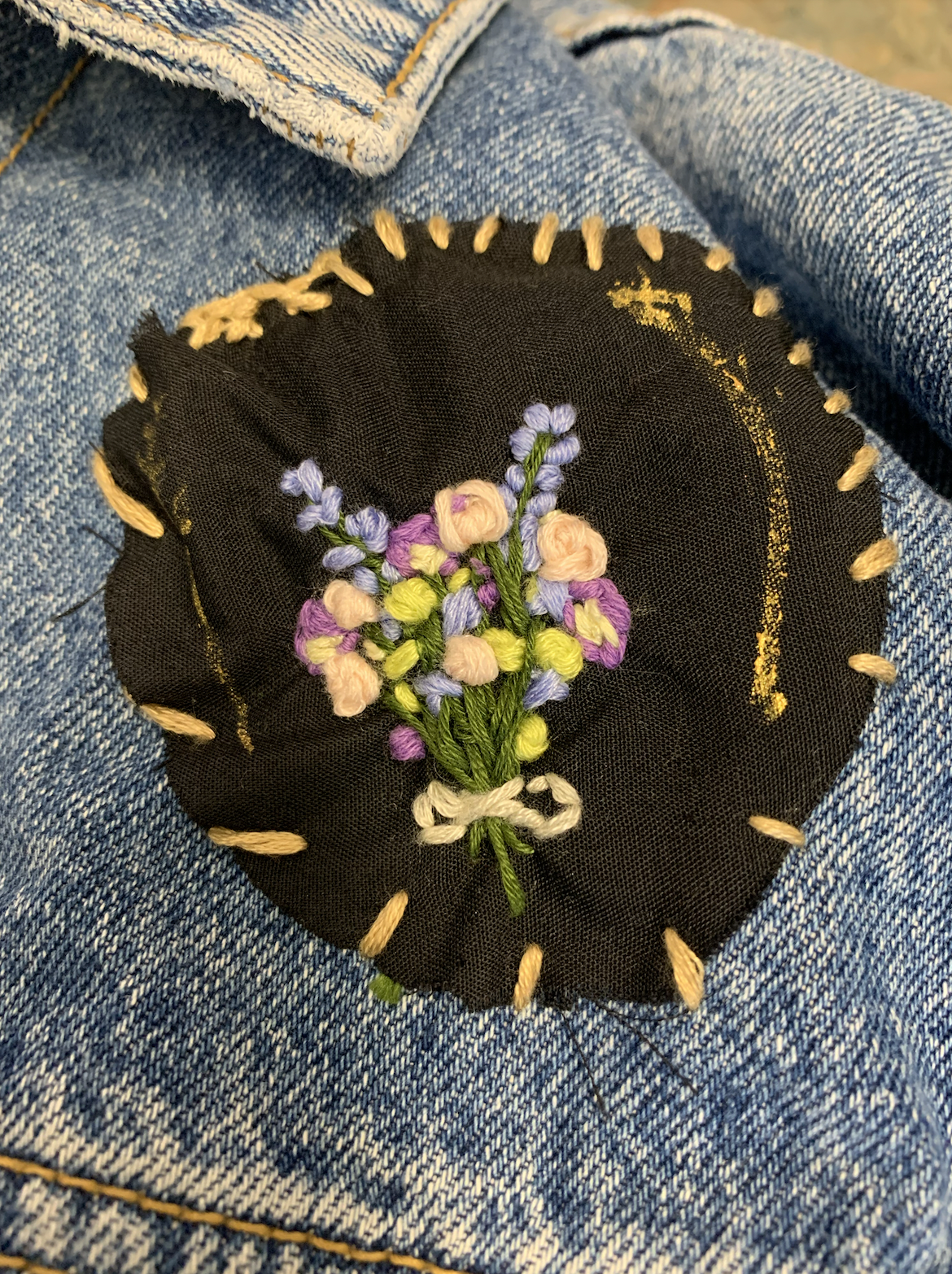

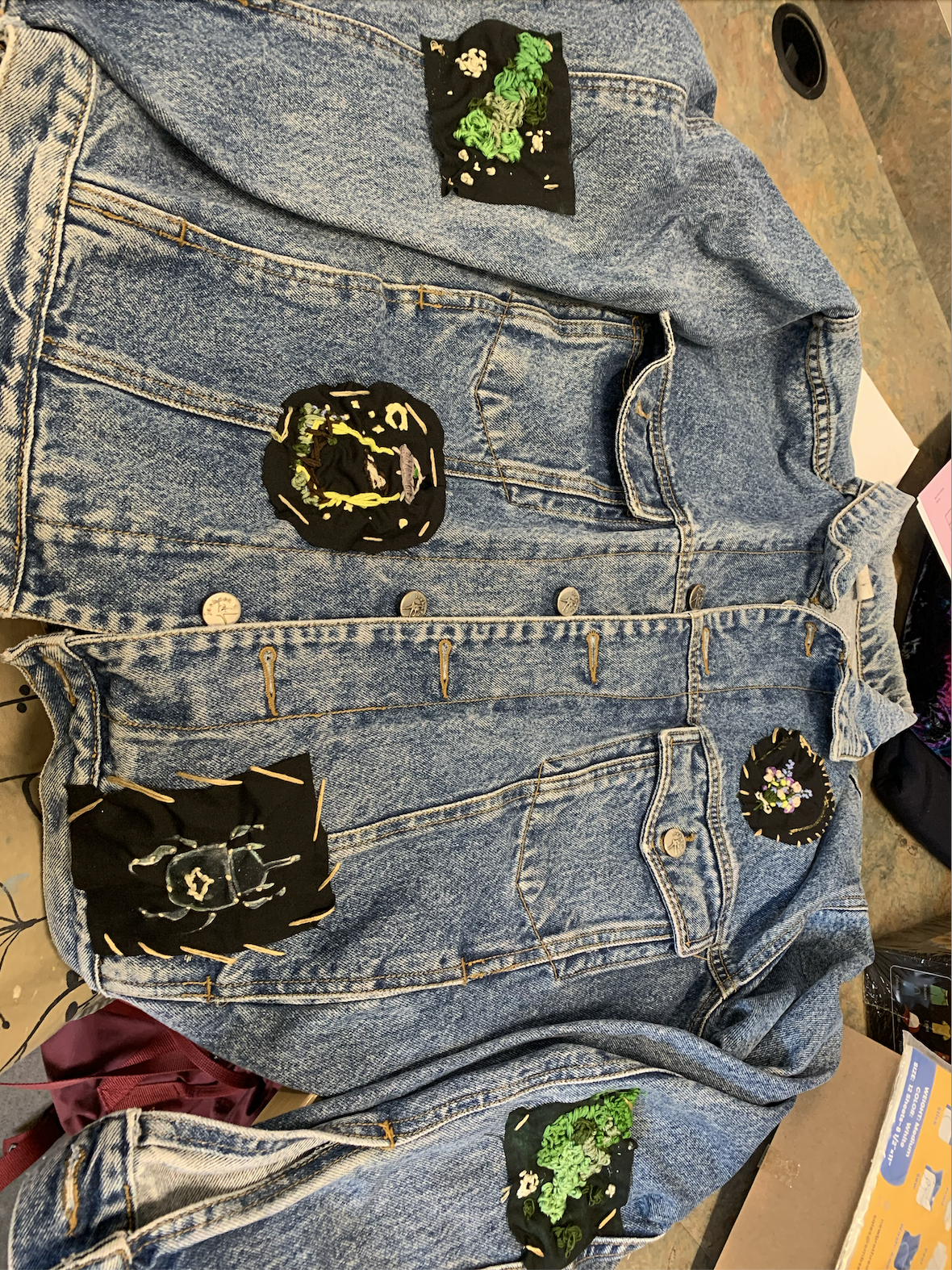






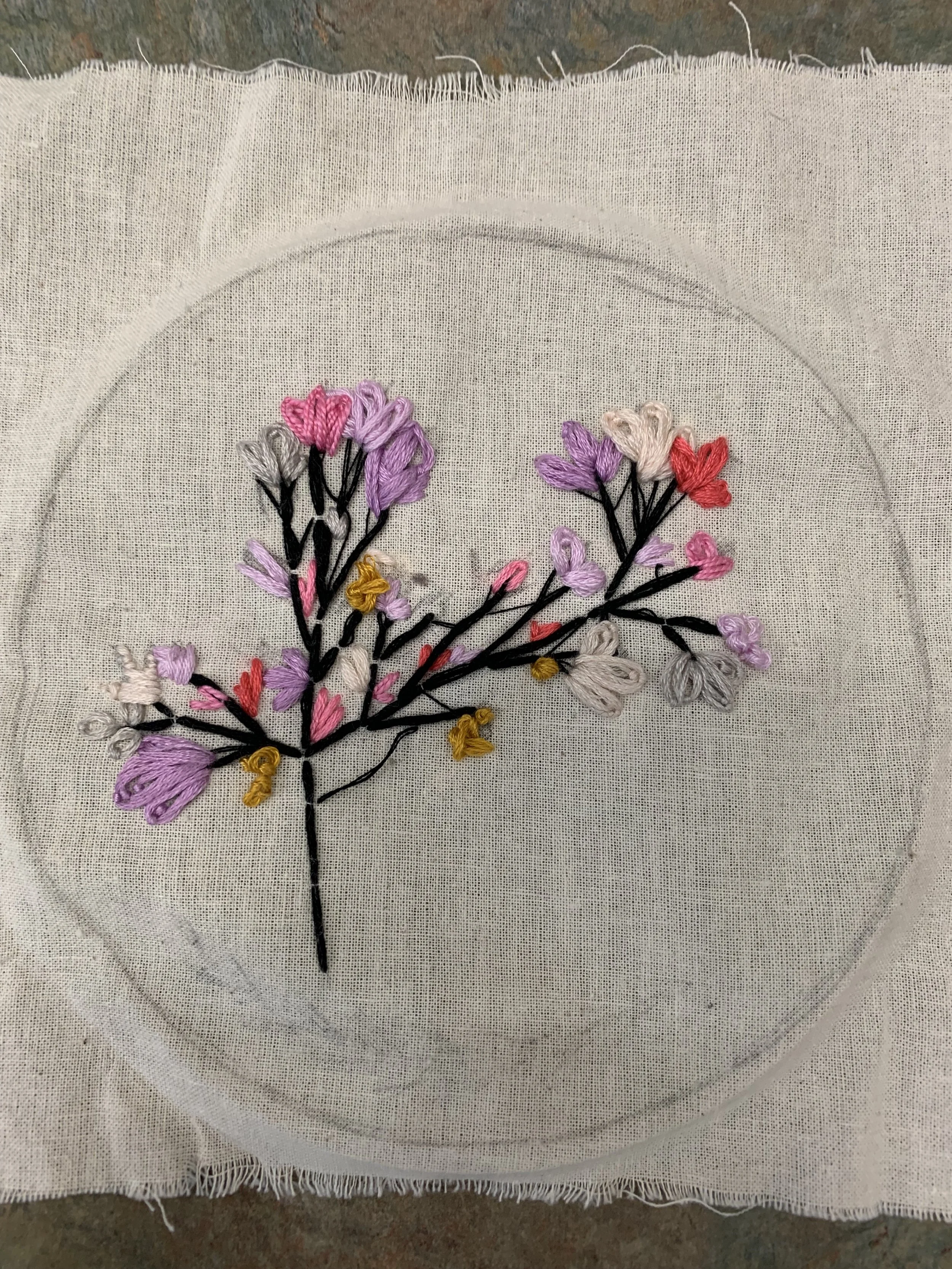
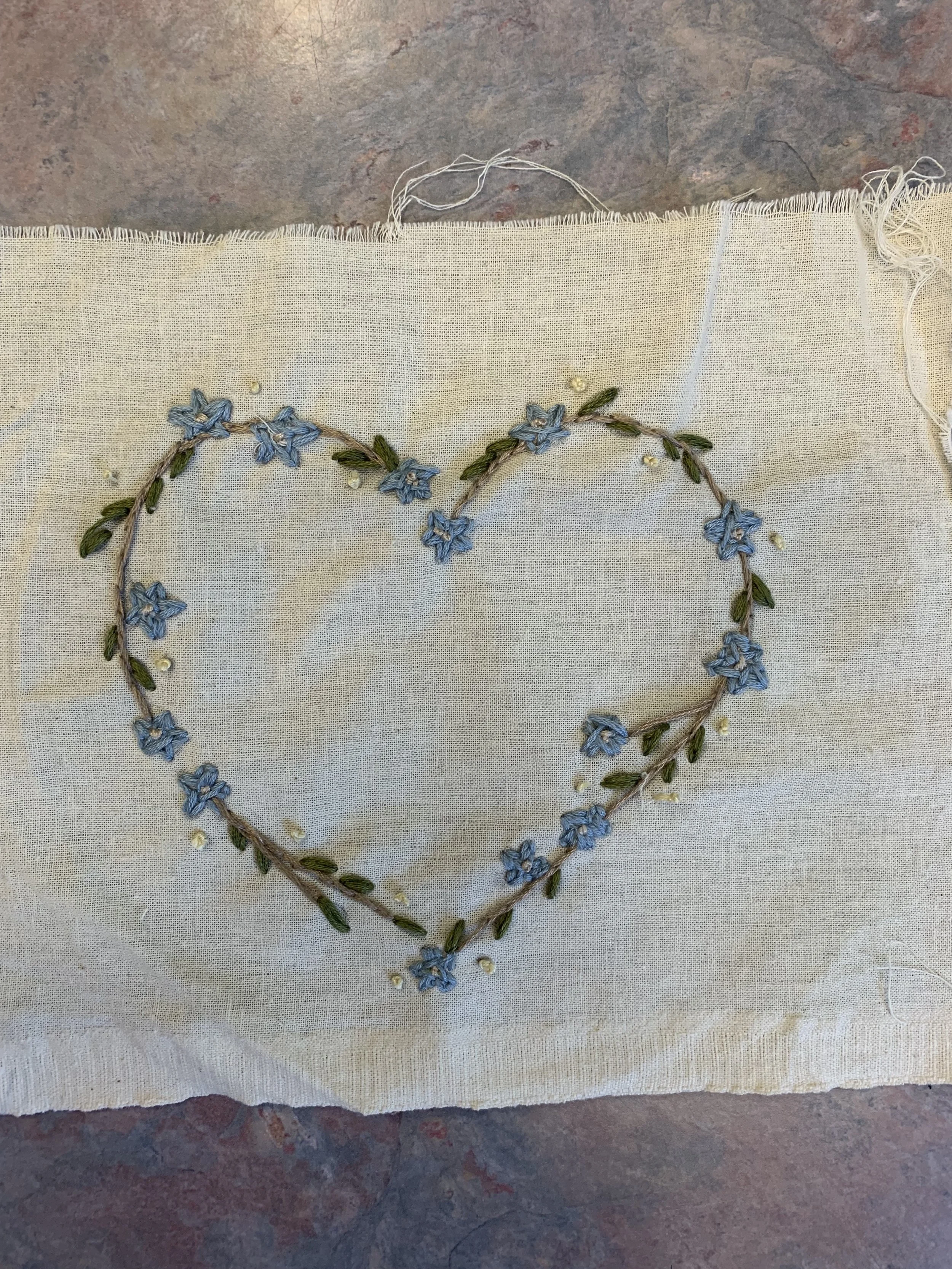
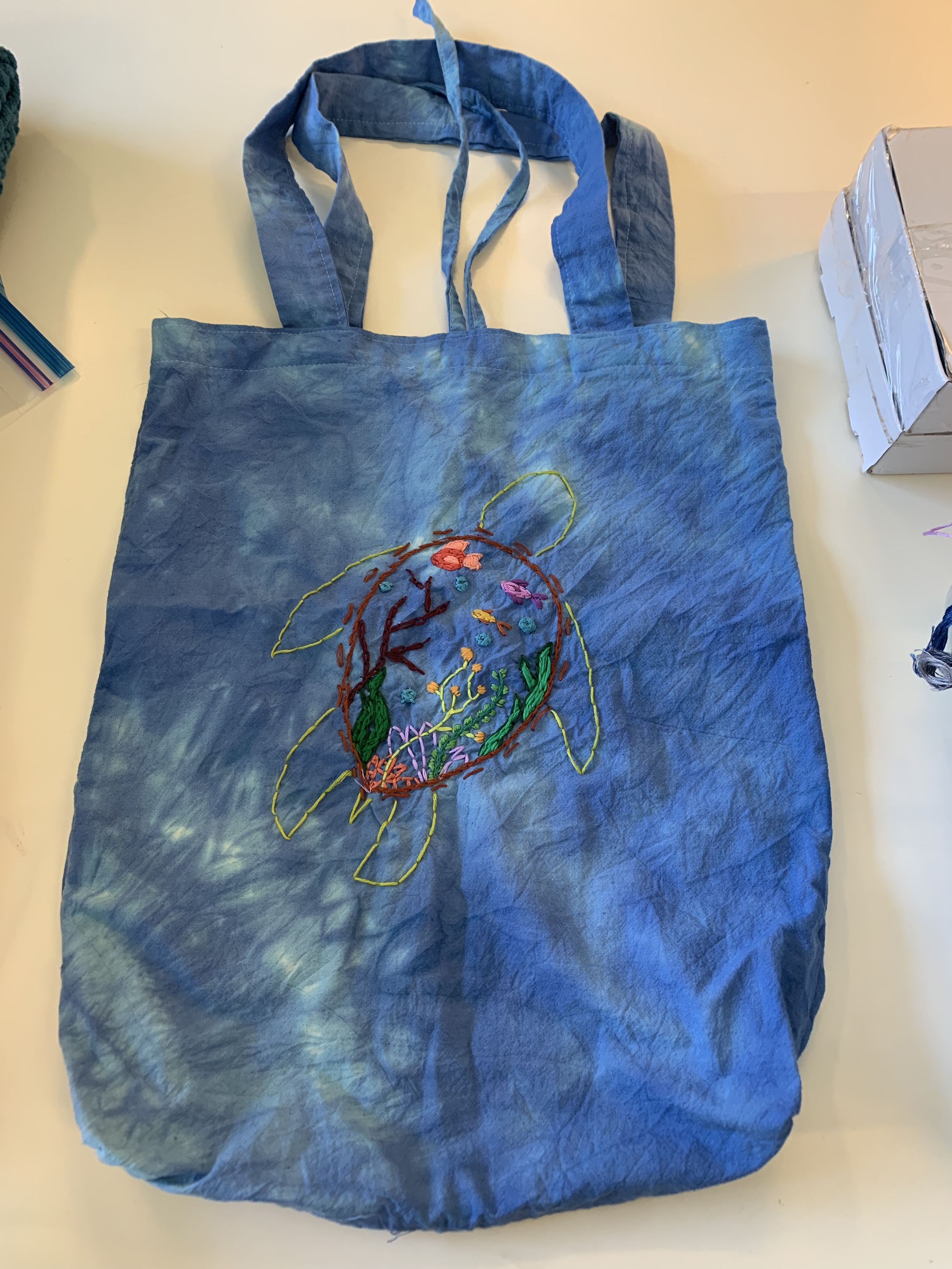

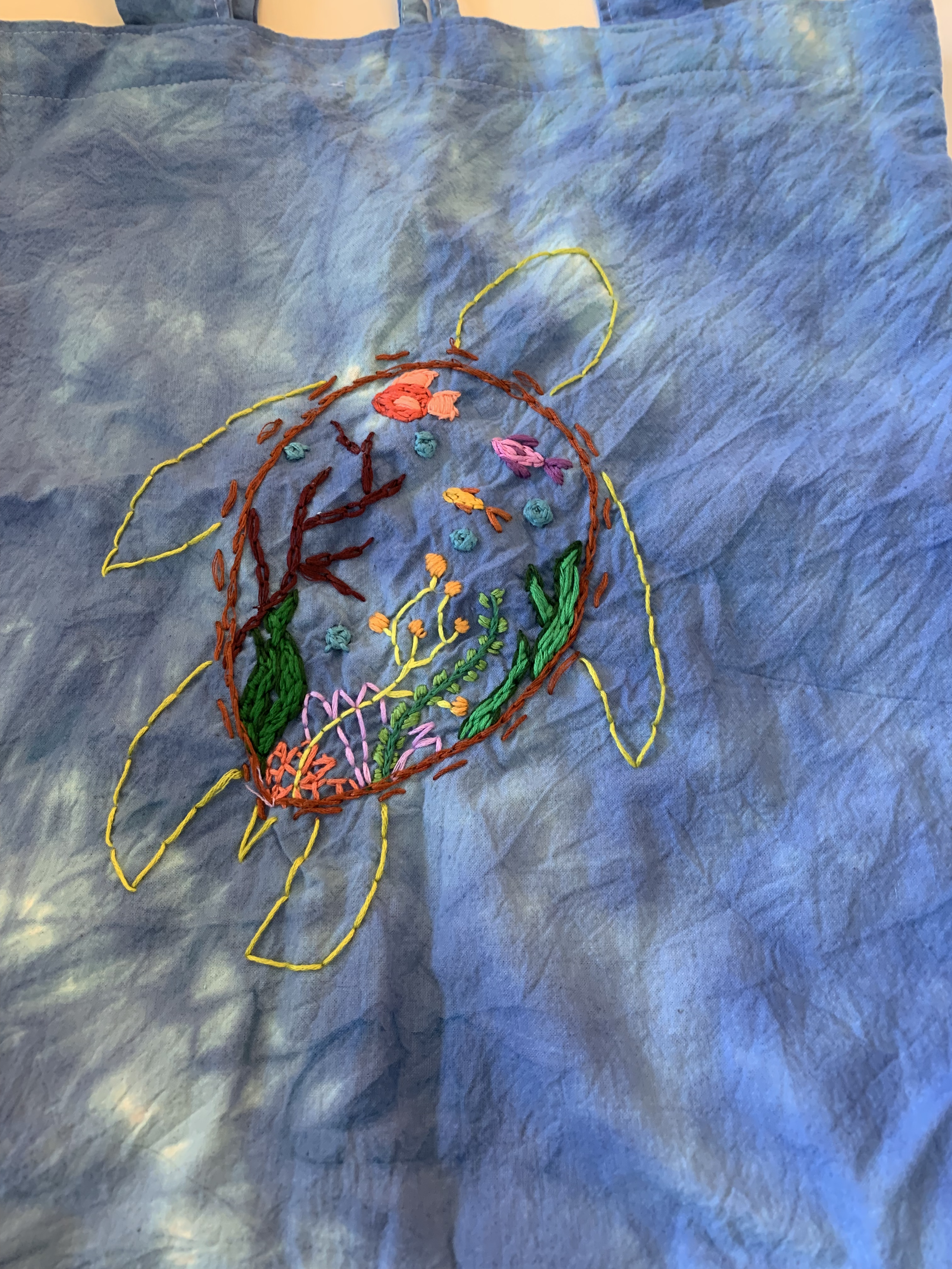


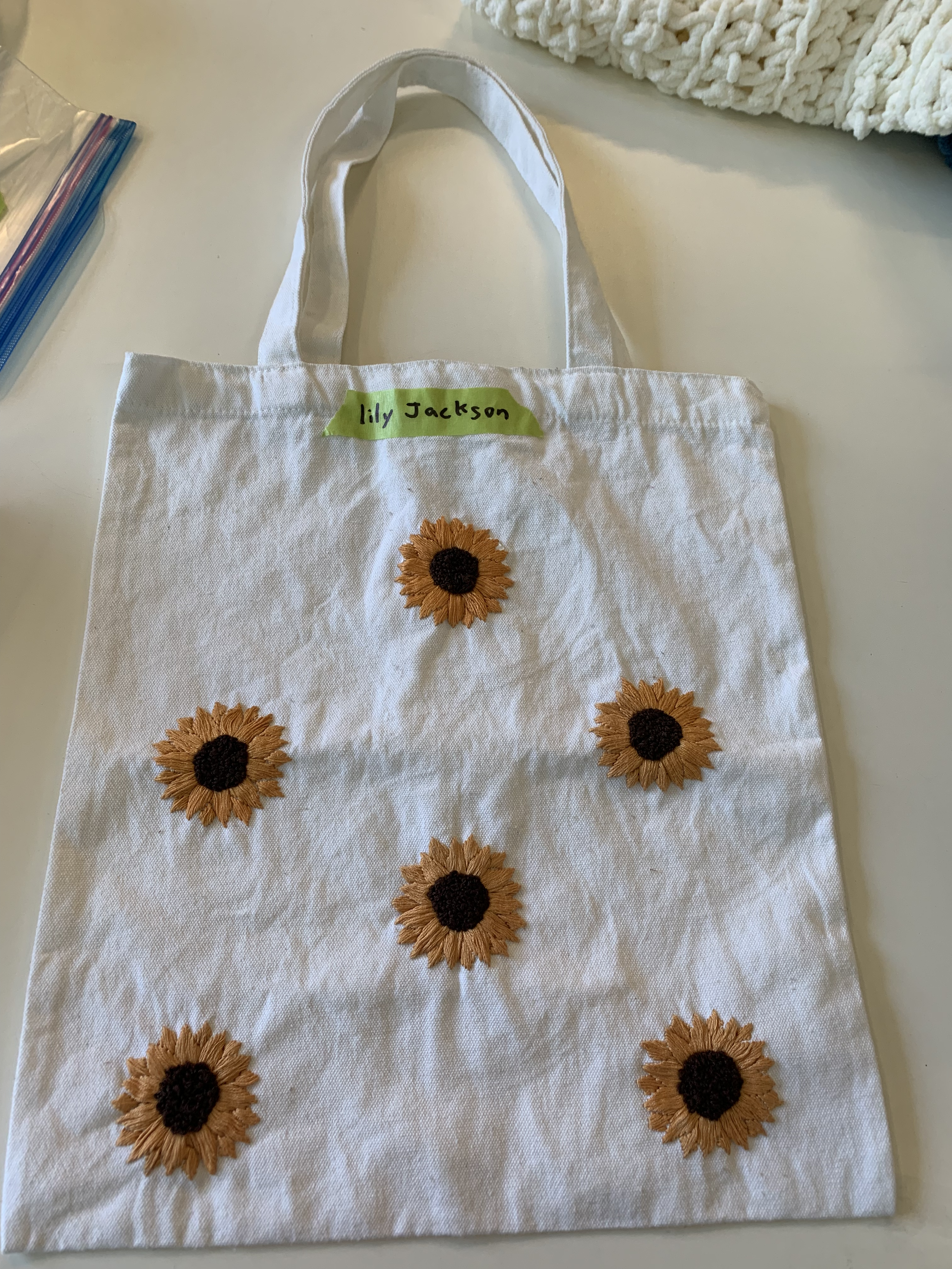
Embroidery Stitch Sampler Workshop
On a piece of fabric, try 8-10 different stitches that could be used for an embroidery project or a visible mending project. Do 5 basic stitches and 5 more decorative stitches.
If you are a second or third-year student, try new and more difficult stitches.
Use the resource sheets in the classroom to help you, as well as the book and tutorials linked below.
Materials Needed:
Embroidery Hoop
Needle
Embroidery Thread
Transfer Your Design:
- Trace your design onto your fabric lightly with a pencil.
Bring your Stitch Sampler to your conference.
Embroidery Stitches Book
Embroidery Stitches YouTube Tutorials.
Visible Mending
Visible mending is a creative and sustainable approach to clothing repair that transforms damaged garments into unique pieces of wearable art.
Instead of hiding tears and holes, this technique celebrates imperfections by making repairs visibly and intentionally decorative.
Key Characteristics
Sustainability and Philosophy
Visible mending is a direct response to fast fashion, encouraging people to extend the life of their clothing and reduce waste. It challenges the disposable nature of modern fashion by turning repairs into an opportunity for personal expression
Techniques and Styles
Some popular visible mending techniques include:
Sashiko (Japanese running stitch with geometric patterns)
Embroidery
Applique
Darning
Benefits
Sustainability: Keeps clothes out of landfills
Personal Expression: Turns repairs into artistic statements
Cost-Effective: Uses basic materials like fabric scraps and embroidery floss
Skill Building: Improves sewing and crafting abilities
Embroidery or Visible Mending Project
Complete a Project Proposal for an embroidery or visible mending project of your choice.
Must include at least 3 different stitches
You can search “Free Embroidery Printables” on Pinterest to find designs that resonate with you OR you can create your own personal design
There are many different aesthetics when it comes to embroidery, so don’t be afraid to experiment with a non-traditional design
Select a project that could realistically be completed in the time frame (not too big or too small)
Conference with Ms. Nethery to get your project approved before you begin
Potential ideas include embroidery art pieces, patches, embroidery on an item of clothing, visible mending on an item, or a series of clothing
